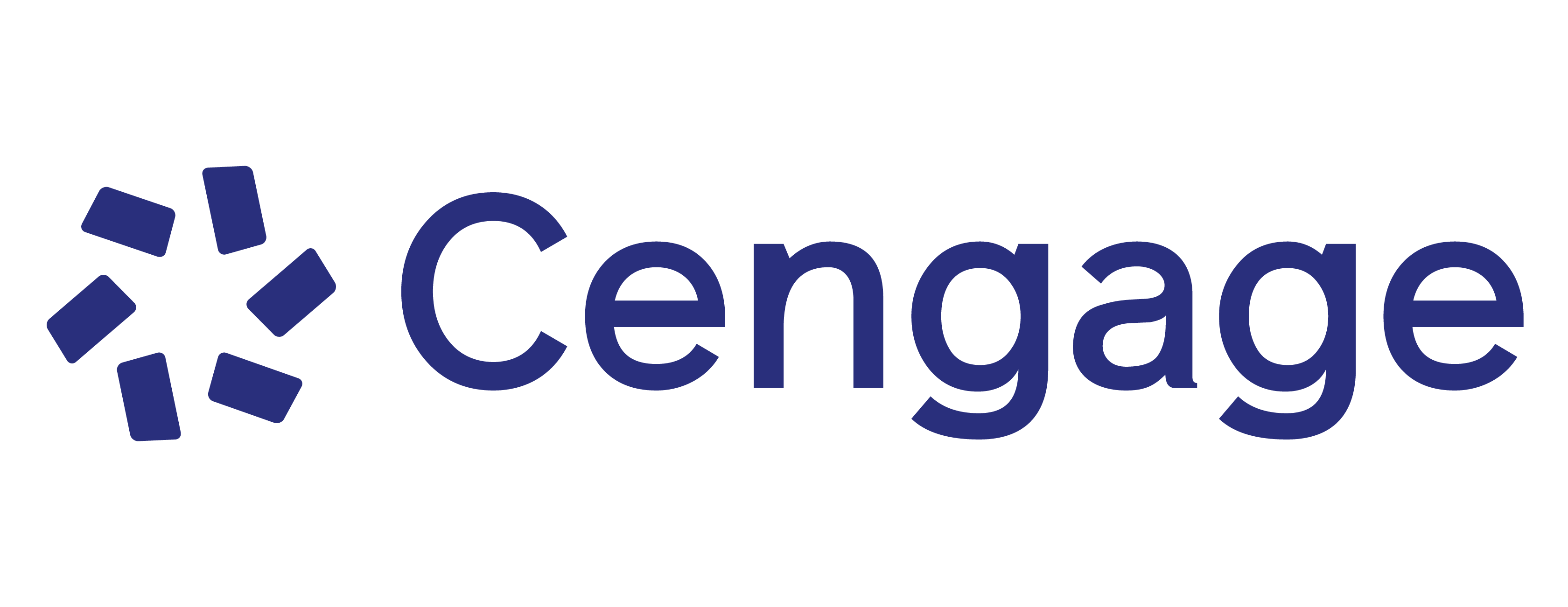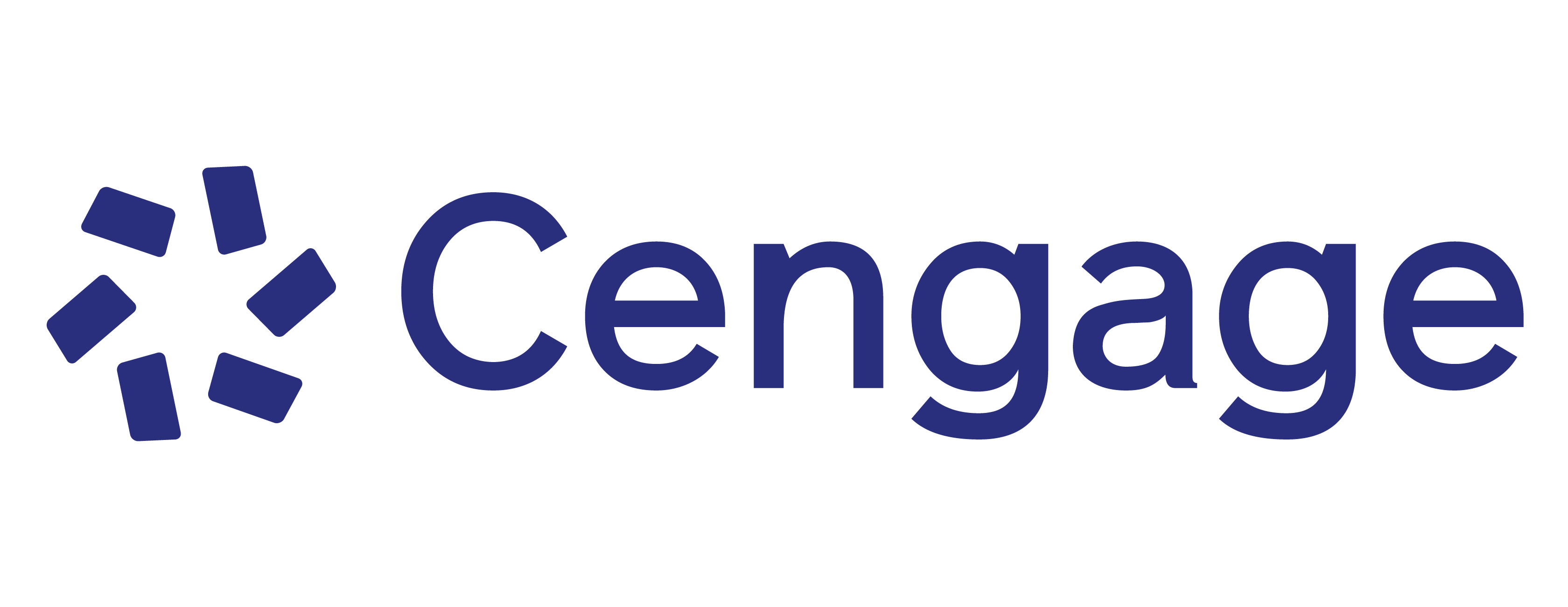Gain a thorough understanding of how modern audits are conducted in today's computer-driven business environment with INFORMATION TECHNOLOGY AUDITING, 4E. You gain valuable insights into state-of-the-art auditing issues as this leading accounting text provides you with the background you need to succeed in today's business world. This edition focuses on the latest information technology aspects of auditing with up-to-date coverage of auditor responsibilities, emerging legislation, and today's fraud techniques and detection. Expanded end-of-chapter questions, problems, and cases give you important hands-on practice for success in your future career.
1. Auditing, Assurance, and Internal Control.
2. IT Governance.
3. System Security I--Networks and Operating Systems.
4. System Security II--Data Management.
5. Systems Development and Program Change Procedures.
6. Overview of Transaction Processing and financial Reporting Systems.
7. Computer-Assisted Audit Tools and Techniques.
8. CAATTs for Data Extraction and Analysis.
9. Application Controls and Substantive Testing I--The Revenue Cycle.
10. Application Controls and Substantive Testing II--The Expenditure Cycle.
11. Enterprise Resource Planning Systems.
12. Ethics, Fraud Schemes and Fraud Detection.
Glossary.
Index.
-
James A. Hall
James A. Hall is a Professor of Accounting, co-director of the Computer Science and Business program, and the Peter E. Bennett Chair in Business and Economics at Lehigh University in Bethlehem, PA. After his discharge from the U.S. Army, he entered the University of Tulsa in 1970 and received a B.S.B.A. in 1974 and an M.B.A. in 1976. He earned his Ph.D. from Oklahoma State University in 1979. Dr. Hall has worked in the field of systems analysis and computer auditing and has served as consultant in these areas to numerous organizations. Dr. Hall has published articles in the Journal of Accounting, Auditing & Finance, Journal of MIS, Communications of the ACM, Journal Of Management Systems, Management Accounting, Journal Of Computer Information Systems, The Journal Of Accounting Education, The Review Of Accounting Information Systems, and other professional journals. He is also the author of ACCOUNTING INFORMATION SYSTEMS and INFORMATION TECHNOLOGY AUDITING, both published by Cengage. His research interests include internal controls, computer fraud and IT outsourcing.
-
Significantly Revised End-of-Chapter Material Reflects New Chapter Content. Virtually all multiple-choice questions and most of the problems are new or revised. Corresponding solutions in the Solutions Manual accurately reflect the problem requirements. In particular, all internal control and fraud case solutions are consistent and accurately reflect the cases in the text. All case solution flowcharts are numerically coded and cross-referenced to the text. This classroom-tested approach facilitates the effective presentation of internal control and fraud case materials.
-
Updated Overview and Initial Five Chapters Present The Latest General Control and Audit Issues. An Updated Chapter 1, "Auditing, Assurance, and Internal Control," overviews IT audit issues and auditor responsibilities that follow Sarbanes-Oxley (SOX) legislation, the COSO internal control model, and SAS 109. Revised Chapters 2, 3, 4, and 5 present general control and audit issues in accordance with SOX and COSO frameworks.
-
Extensively Revised Chapter Provides Working Understanding of Data Modeling Techniques. Today's accountant must be equipped to access invoices stored on normalized database tables, which requires understanding relational database structures. Chapter 8 now addresses this growing need for modern auditors to understand data modeling techniques. The chapter presents key characteristics of the relational database model, including data modeling, deriving relational tables from entity relationship (ER) diagrams, the creation of user views, and data normalization techniques.
-
Expanded Material Details Auditor Responsibilities and Fraud Techniques. An updated Chapter 12, "Ethics, Fraud Schemes and Fraud Detection," introduces how auditors detect fraud. Expanded coverage addresses a wide range of contemporary fraud techniques.
-
Significantly Revised End-of-Chapter Material Provides Important Practice Working with Chapter Content. Virtually all multiple-choice questions and most problems are new or revised with an emphasis on critical internal control and fraud case materials. All internal control and fraud case solutions accurately reflect cases in the text and case solution flowcharts are numerically coded and cross-referenced to the text for quick reference.
-
The Risk Analysis Approach In This Book Helps You Emphasize This Approach In Your Course. This text provides the tools to teach a risk-based approach to the identification of key threats. Students learn to develop appropriate audit tests and procedures in the following areas: Operating Systems (mainframes and PCs), Data Management, Systems Development, Electronic Commerce (including networks, EDI and Internet risks), Organizational Structure, Computer Center, and Computer Applications (Revenue and Expenditure cycle).
-
Today's Most Common Computer-Aided Audit Tools and Techniques (CAATTS) are highlighted. The book introduces popular computer-aided audit tools and techniques using clearly written presentations and graphical illustrations that form an easy-to-understand model for learning.
-
Book Focuses on Computer Control Issues and Their Impact on Operational Efficiency. The auditor's attest responsibility, computer control issues, and operational efficiency are all central themes in this edition. Numerous cases and problems reinforce the learning objectives related to these topics.
-
The Book's Risk Analysis Approach Teaches You To Take a Risk-Based Approach In Identifying Key Threats and Developing Appropriate Audit Tests. You learn to develop procedures in the following areas: Operating Systems (mainframes and PCs), Data Management, Systems Development, Electronic Commerce (including networks, EDI and Internet risks), Organizational Structure, Computer Center, and Computer Applications (Revenue and Expenditure cycle).
-
Today's Most Common Computer-Aided Audit Tools and Techniques (CAATTS) Are Highlighted. The book introduces popular computer-aided audit tools and techniques using clearly written presentations and graphical illustrations that form an easy-to-understand model for learning.
-
Book Focuses On Computer Control Issues and Their Impact On Operational Efficiency. The auditor's attest responsibility, computer control issues, and operational efficiency are all central themes in this edition. Numerous cases and problems reinforce the learning objectives related to these topics.
ACL CD ROM
9781133949848
Cengage Learning Testing, powered by Cognero® Instant Access for Hall’s Information Technology Auditing
9781305652828
Instructor's Companion Website for Hall's Information Technology Auditing
9781285439884
SSO Cognero Information Technology Auditing
9781305652811
VitalSource eBook: Information Technology Auditing 12 Months
9788000006550


